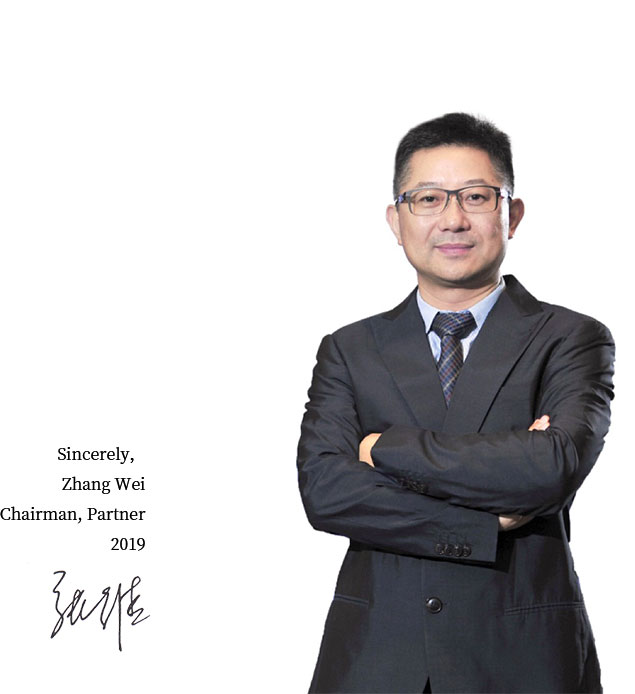2021.05.14 CoStone Capital Views:
The CoStone Capital portfolio Quanyi Pharmacy Chain, aka PharmPlus (全亿健康) has been merged by Kohlberg Kravis Roberts & Co. on 13th May, 2021. This billion-dollar transaction makes it one of the largest pharmacy M&A deals in recent years.
Quanyi Health was initiated by CoStone Capital with senior pharmacy chain veterans in 2016, and expanded from nothing to 2,000 branches and turnover of CNY6 billion (USD931.8 million) in its first year and a half. The Suzhou-based company has been acquiring pharmaceutical chains, including Jiangsu Hengtai and Wenzhou Yizheng Pharmacy since its inception.
Quanyi Health now has more than 2,500 pharmacies and ranks the top 10 pharmacy chain in China.

Mrs. Chen Shuyan, Director of CoStone Capital and the vice president of Quanyi Health, said the company is in good shape and has plowed into the first tier of the industry. CoStone is optimistic about the prospects of the pharmaceutical distribution industry with the market sizing reached to 2.3 trillion RMB, Mrs. Chen added.
Mr. Lin Ling, vice chairman of CoStone Capital and chairman of Quanyi Health remarks that the trend of increasing industry concentration in the next decade will not change. CoStone Capital saw this trend in 2016 and started to integrate the pharmacy chain industry based on "concentrated investment and focused services" concept.
“At that time, the trend of industry consolidation was not as clear as it is now, and there were no investors that dared to spend capital on large transactions in this industry, CoStone was the first one to take the lead.”
Now, the "Quanyi model" created by CoStone has been fully validated - after the acquisition and took over the operation, the turnover and profitability have been significantly improved, and achieved the goal of a double growth in three years. In addition to the acquisitions, Quanyi Health has also accelerated the speed of opening new stores in the past two years, which has formed a great self-loop.
Rewriting by Sun Junyang; Editing by Li Yunzhen.
The year 2019 marks the fortieth anniversary of China’s Reform &Opening-Up, once again, we meet at the turning point of history. What’s the next step for the game, is there any clear guidance? The answer is affirmative.
Our country is enjoying a good momentum of development, which does not come from the Washington Consensus nor the Beijing Consensus. China’s experience has proved that both the visible hand and the invisible hand are crucial: the visible hand, stands for the government-led reform, and would yield benefits for reform and opening up; the invisible hand, stands for the Marginal Power represented by the private sector, and would improve economic efficiency and tax collection, create jobs and employment opportunities.
Provided that we want to protect and expand the benefits form reform, three simple but mandatory agreements are to be made and followed: No.1 Private ownership must be recognized, protected and treated equally with public ownership constitutionally, both ownerships are scared and inviolable;No.2 Make further clarification of the principal position of market economy, “deepen economic system reform by centering on the decisive role of the market in allocating resources”, as President Xi addressed in the third Plenary Session of the 18th CPC Central Committee;No.3 Implement the guiding principles of “comprehensively promoting law-based governance” of the fourth plenum. The rule of law is essential for economic growth, irreplaceable to protect private ownership, and necessary to encourage innovation and entrepreneurship.
Above are three rules for us to avoid falling into the Middle-income Trap. Assuming that we are breaking systematic barriers to private enterprises’ participation in market economy, and boosting innovation and entrepreneurship of our society, then we are heading towards a promoting direction. We are marching in the path of light, regardless of the ups and downs of Sino-US relationship, the drop in GDP growth rate, or the monetary policy.
These principals also apply on knowing how better to run a business: don’t be hedged by rules and regulations at the beginning, pay more attention to your survival, and you’ll learn more when you start your second business.
For many years, Huawei has been the only Chinese company on the list of the Top 50 R&D Spenders. Regardless of the economy and its income, what Huawei has been doing is investing in its future, dedicated to R&D, continuously and resolutely. This provisional work underscores Huawei’s accomplishments, making Huawei anindustry leader.
So, there are standard answers on how to run a company,which could be summarized as concentration and professional dedication, continuous investment on innovation and trying harder in R&D. Entrepreneurship is also important, every single company needs entrepreneurs to push aside all obstacles and difficulties, to implement strategies and ideas. We, as investors, are destined to look for such outstanding entrepreneurs and their companies, invest in them and partner with them.
At this key point of history, a country, a company, or asingle individual, will all need to find the right path. Four decades after the Reform and Opening-up, it’s time to learn from our experience and stop “wadding across
